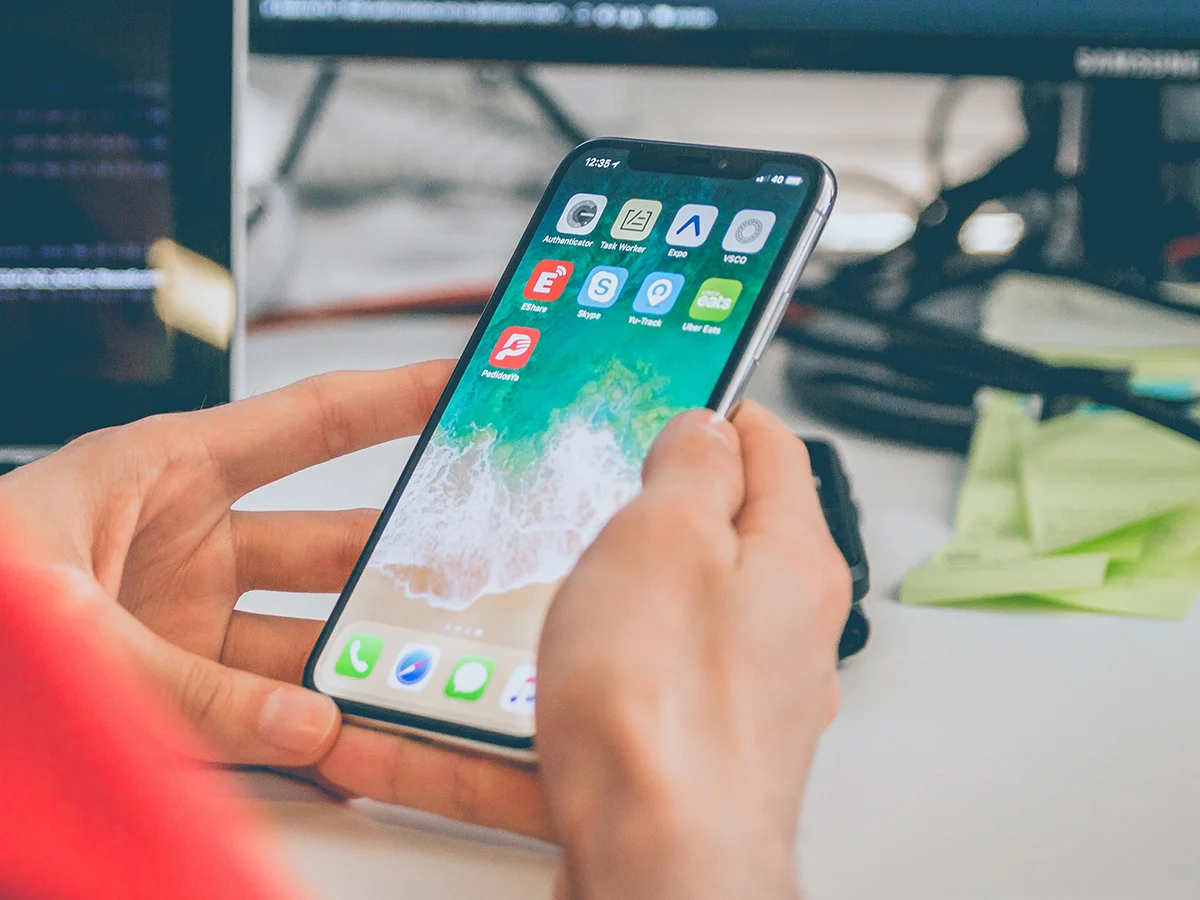In the fast-paced world of technology, smartphones have become an integral part of our daily lives. However, as our reliance on these devices increases, so does the demand for faster and more efficient performance. If you find your phone slowing down or lagging, don’t fret – there are several strategies you can employ to boost its speed and optimize its performance. In this comprehensive guide, we’ll explore various methods to make your phone faster, ensuring a smoother and more responsive user experience.
1. Update Software and Apps:
One of the simplest yet most effective ways to enhance your phone’s speed is by keeping its software and apps up-to-date. Manufacturers regularly release updates that include performance improvements, bug fixes, and security enhancements. Navigate to your phone’s settings, check for software updates, and ensure all your apps are running the latest versions.
2. Optimize App Usage:
Evaluate your installed apps and identify those consuming excessive resources. Some apps run in the background, draining your device’s performance. Disable or uninstall unnecessary apps to free up storage and reduce the load on your phone’s RAM. Additionally, consider using “Lite” versions of apps or alternatives that are more resource-efficient.
3. Clear Cache Files:
Over time, apps accumulate cache files that can slow down your device. Clearing these files not only frees up storage space but can also enhance performance. Navigate to your phone’s settings, find the storage section, and clear the cache for individual apps or system-wide. There are also third-party apps available for cache management.
4. Manage Background Processes:
Background processes and services can significantly impact your phone’s performance. Limit the number of apps running in the background by adjusting your device’s settings. Some phones allow users to manually control background processes, while others offer aggressive power-saving modes that can automatically manage background activity.
5. Optimize Animations:
While animations can enhance the user interface, they may contribute to a perception of slowness. Reduce or disable animations in your phone’s settings to create a snappier experience. This option is often found in the developer settings, and tweaking animation scales can make transitions and app launches feel faster.
6. Free Up Storage Space:
A lack of available storage can lead to performance issues. Regularly review and delete unnecessary files, photos, and apps. Consider using cloud storage services for photos and documents to keep your phone’s internal storage free. Some phones come with built-in tools to help you identify and remove unnecessary files.
7. Optimize Widgets and Live Wallpapers:
Widgets and live wallpapers may provide a visually appealing experience, but they can also consume system resources. Limit the number of widgets on your home screen and consider using static wallpapers to reduce the strain on your device’s CPU and GPU.
8. Disable or Uninstall Bloatware:
Manufacturers often pre-install bloatware – unnecessary apps that may not be easily removable. Check your phone for pre-installed apps that you don’t use and disable or uninstall them. This not only frees up space but also reduces background processes, contributing to improved performance.
9. Utilize High-Speed Memory Cards:
If your phone supports expandable storage, consider using a high-speed microSD card. This can help improve the speed of data access, especially if your phone relies heavily on external storage for apps and media.
10. Factory Reset as a Last Resort:
If your phone’s performance issues persist despite trying various optimization techniques, a factory reset may be necessary. This will erase all data on your device, so be sure to back up important information before proceeding. After the reset, your phone will return to its original state, often resulting in improved performance.
Conclusion:
In conclusion, optimizing your phone’s performance involves a combination of software updates, app management, storage optimization, and tweaking settings to suit your usage patterns. By following the tips outlined in this guide, you can breathe new life into your smartphone, ensuring it remains fast and responsive for a more enjoyable user experience. Regular maintenance and attention to your device’s performance will keep it running smoothly, allowing you to make the most of its capabilities in our tech-driven world.

